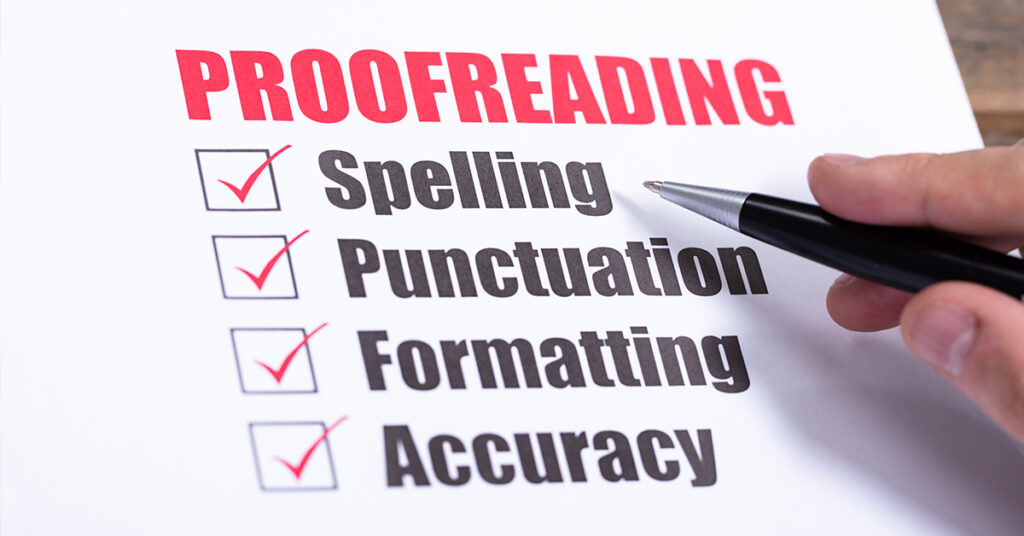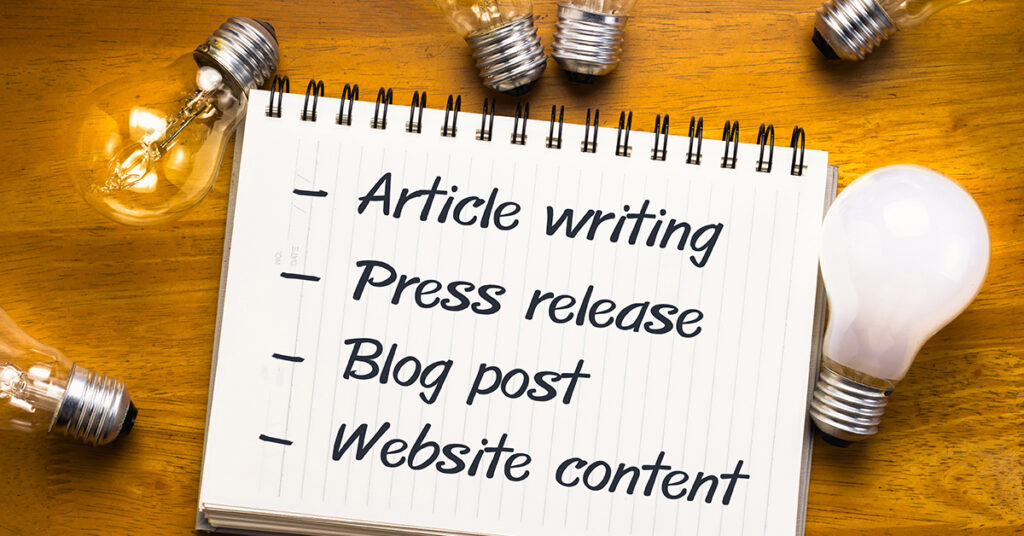Although there isn’t any technical aspect to writing a content but following a process would surely help in writing content seamlessly. Let’s delve into the different stages of writing below.
If you are on this page you surely know how integral the process of writing is. And this goes without saying that it is exceptionally important to plan your writing before you start. Your readers not only expect a grammatically correct content but also a well organised, clearly written and informative piece. Remember a well written content can also help increase customer engagement to your website. Below are the few stages that would help you to kickstart your writing journey.
To start with let’s divide the content writing process in 3 stages –
- The planning stage
The planning stage can further be split into the research and the brainstorming session.

This is the crucial stage where you would need to think about what you want to write and how you want to write it thereby foreseeing the text that you would finally want.
Choose the topic, define your content outline, and narrow it down further to develop your text. Research well on the information you want to include and understand the subject well before you proceed with writing.
Brainstorming here would help you to prepare the pointers that you would be elaborating. Jot down all the pointers, ideas, words or even phrases that you find would be relevant to your writing. Organise all your ideas in a sequence to structure your content.
- The writing stage
The second stage can be split into the drafting and refining your content.

Keeping your audience in mind start elaborating your ideas. Your introduction should define the topic while keeping in mind that it should be enticing enough for readers to read further.
The body explains every idea around the topic, it should be supported with data, facts, or illustrations. Plan the expected length of the content and elaborate accordingly. Use connecting words to unite arguments or the phrases.
The conclusion is a short summary of what is written in the entire content. A strong ending would push the readers to ask for more.
A quick tip would be to focus more on relevancy than on the mechanical aspect such as grammar, spelling or punctuation.
If time permits read your draft and try redrafting it by adding any other important pointer that you feel would be relevant.
Analysis your content by checking if you have used relevant connectors, whether every argument is properly explained, have split your content in proper paragraphs. Do each paragraph logically follow the next paragraph
- The execution stage
The execution stage is where you edit your content and proofread.

This stage is where you judge your content basis the information and language used. Meticulously look for any grammar, spelling or punctuation errors. Your sentences should adhere to the guidelines shared by the publishing company.
Edit any repetitive information and diversify your language construction to make the writing more precise and educative.

The last part before publishing is the proofread part, this is to be double sure that your content is flawless. Any minute errors that have missed your attention or any last-minute change that you would want in your content.
A tip is to read your content loud – once forward and once backwards. This way you cannot avoid any mistake in your content.
Following the process would help you structure your writing but it only get’s better with time and practice. Judge your writing ruthlessly, don’t hesitate to remove an entire paragraph or rewrite the entire draft. This will help you present the perfect piece to your readers.




